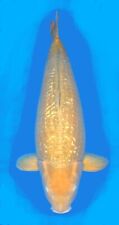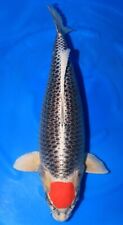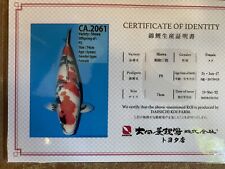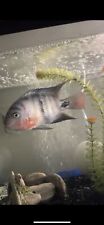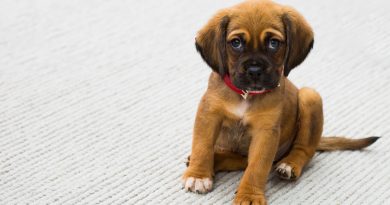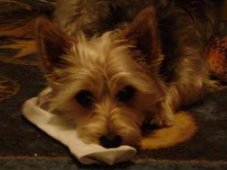Why All Dog Breeds Need to Fight

Even the seemingly innocuous laws requiring special licensing or accommodations for a specific breed is a gateway to tighter legislation and even a ban. Once a breed is labeled as inherently dangerous and needing certain provisions in order to be kept, it is just a short step to a total ban. Once one breed is restricted in some way, the door is opened for other breeds. Look at what happened in many regions of Germany.
When I first became aware of BSLs in Germany, only a few breeds were mentioned. As time went on, more and more breeds were added. Then there were categories created:
- Category I breeds are those to be banned
- Category II are breeds to be monitored and banned if needed
- Category III, dogs over a certain height or weight (over 40lbs or over 15.75 inches) that are risky because they are not small.
Once the door was opened with the call to ban a few breeds, the only dogs NOT ending up restricted were the smallest ones.
Scary to think how out of hand the legislations became in such a short period of time. When I look at my own current four dogs, three are restricted according to German law: one due to her breed (Great Pyrenees), two due to their sizes (an Australian Shepherd/Newfoundland cross and an oversized Shetland Sheepdog). Who says only certain dogs are ever banned and others will not be affected? When was the last time anyone heard of Great Pyrenees being restricted? In Germany, they are Category II dogs. Any Category II dog is restricted for three years from breeding, etc., and the breed can become a Category I (basically banned) at any time. Two of my other dogs are Category III dogs.
When we look at the breeds most commonly named in BSLs, it is not hard to see where these breeds can lead to other similar dogs being banned. Take for example Bull Mastiffs. I have seen this breed listed in some BSLs. Who is to say the Mastiff will not be next? It is an ancestor of the Bull Mastiff and therefore must pose some risk; at least in the eyes of the undereducated person often responsible for drafting these laws.
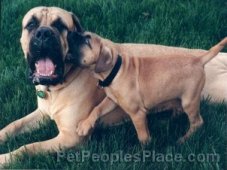
Hmmm… What other breeds went into Bull Mastiffs? Maybe they need to be mentioned as well. Boxers, yes, they have Mastiff in their heritage, maybe they need to be named as well! This is how legislators or other undereducated people think: if one breed is dangerous, any breeds related to it must be as well. It is not a big step from an APBT to a Bull Terrier or from a Mastiff to a Great Dane.
What about the breed descriptions? Herding breeds are known to chase and nipping can be part of herding. Does this mean herding breeds pose more of a biting risk? In the eyes of the undereducated, yes, herding breeds may pose a greater risk.
I have seen Australian Cattle Dogs listed in BSLs because it is thought, according to some accounts, the breed history includes Dingo and Bull Terrier blood. Does this seem fair?
This is why whenever we see Breed Specific Legislations in the works, regardless of where or what breeds are mentioned, dog enthusiasts all over the world need to take action and educate. Just because your breed is not mentioned, does not mean it never will be.
Even if your community has codes against breed discrimination, be wary. I learned recently that Virginia (where I am currently living) laws state "No canine or canine crossbreed shall be found to be a dangerous dog or vicious dog solely because it is a particular breed, nor shall the local governing body prohibit the ownership of a particular breed of canine or canine crossbreed." (Virginia Code Section is 3.1-796.93:1, C, 2 – states.) But please note, this could be changed.
No breed is inherently a killer and no breed is 100% safe. It is the owner who determines how safe or unsafe their dogs will be. This is where we need to focus our energies – encouraging responsible dog ownership. Then there will be no need for any lawmaker to call for the banning of breeds.


